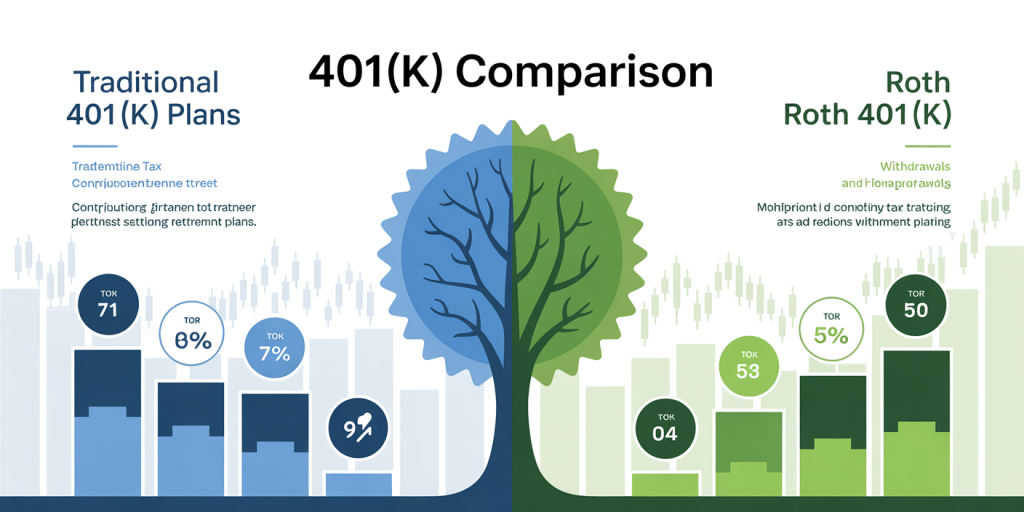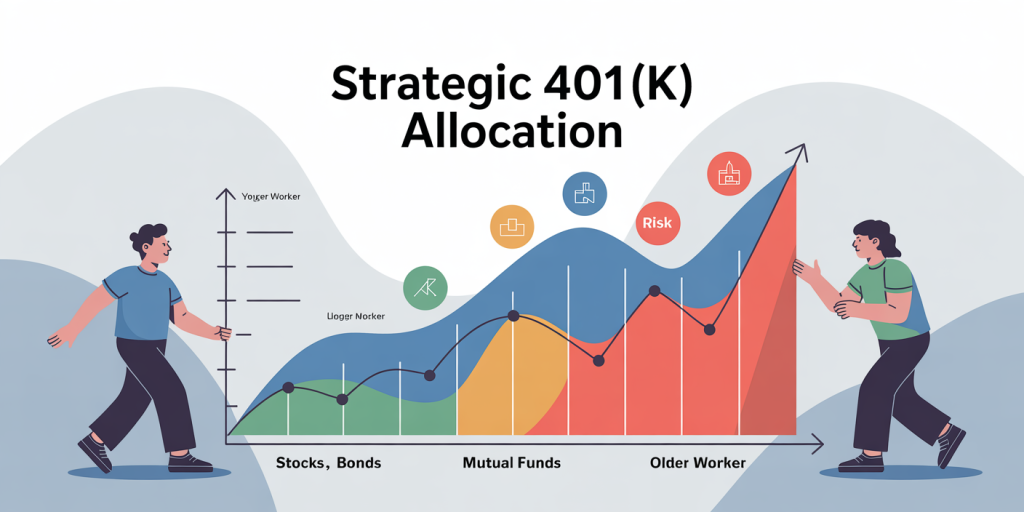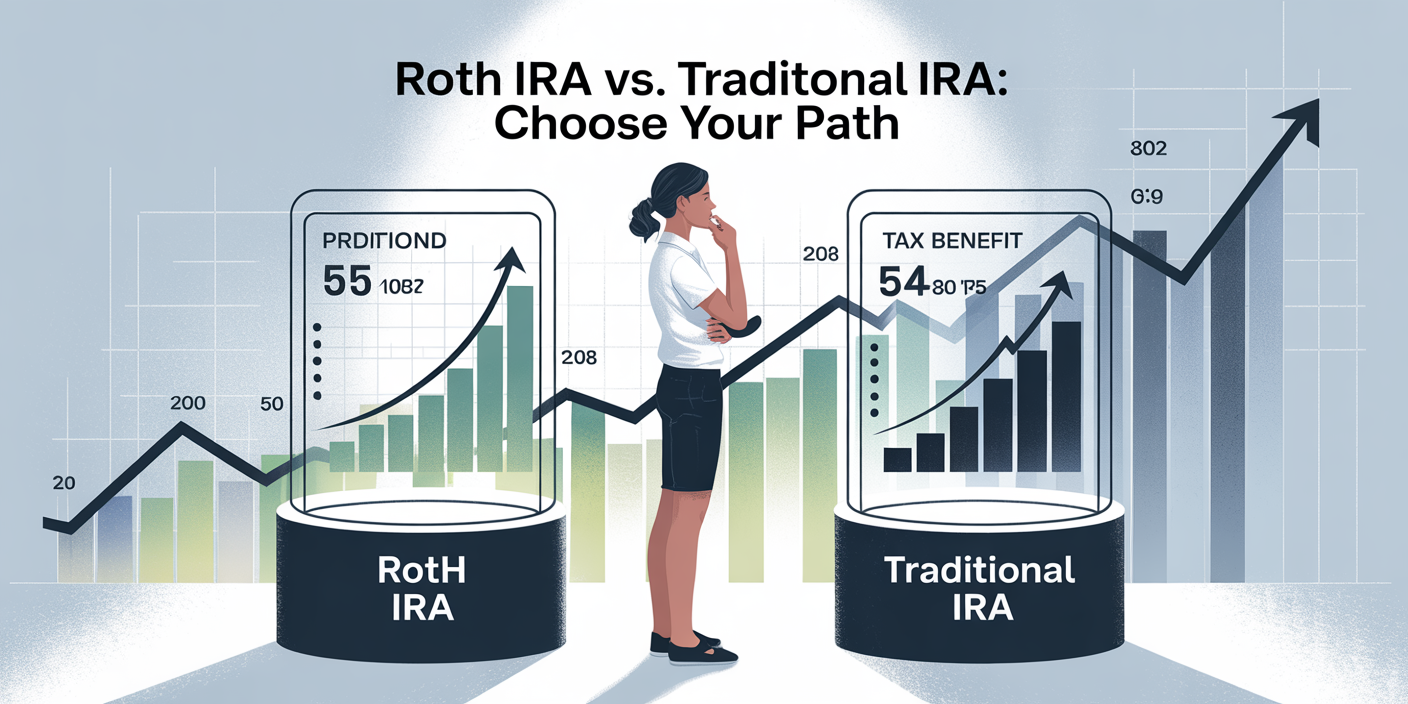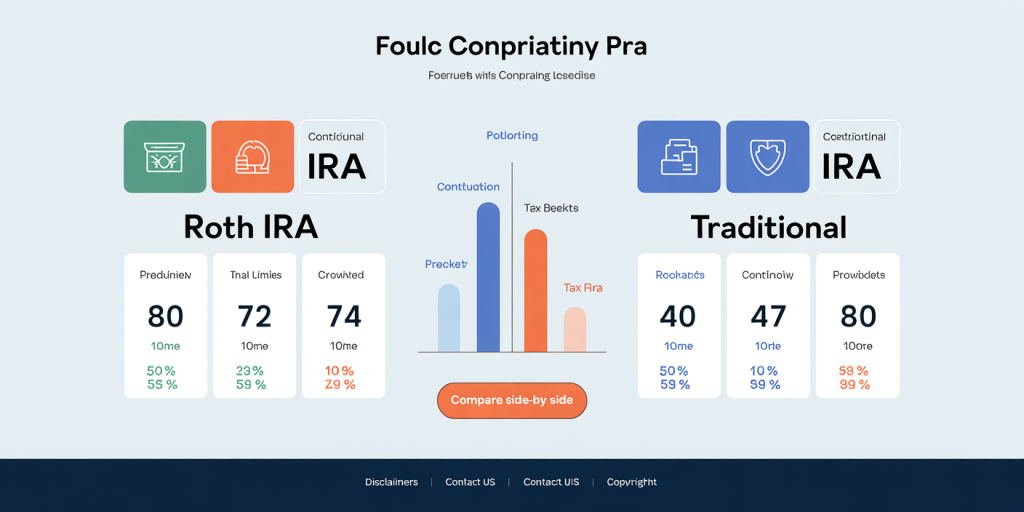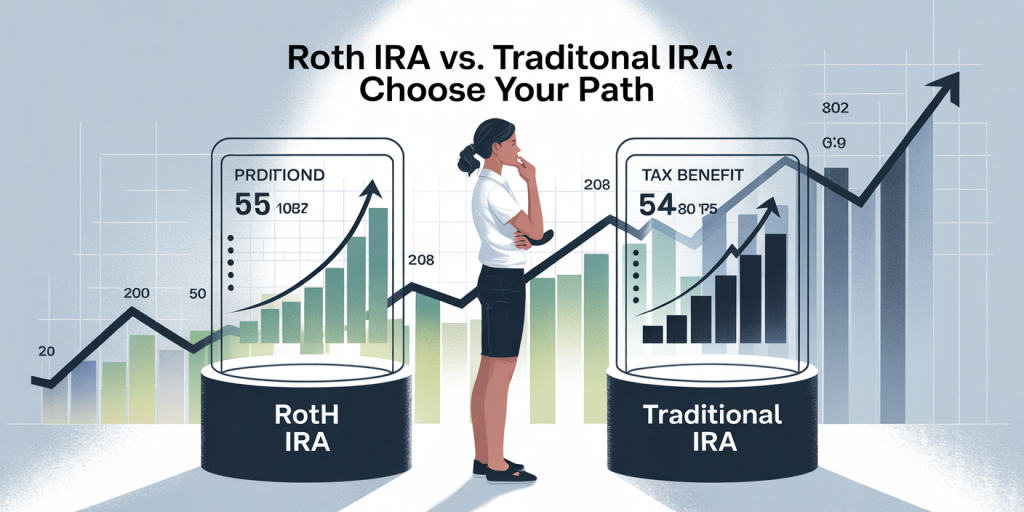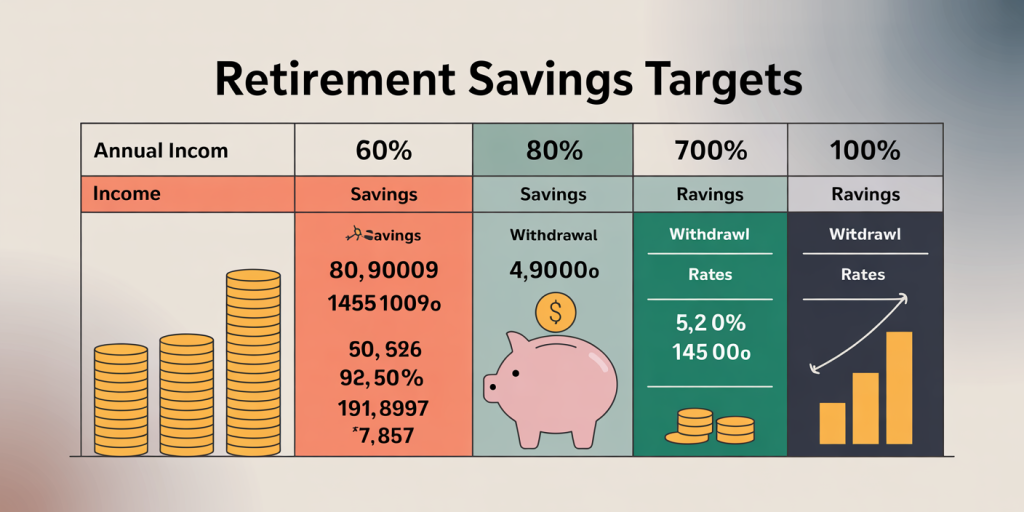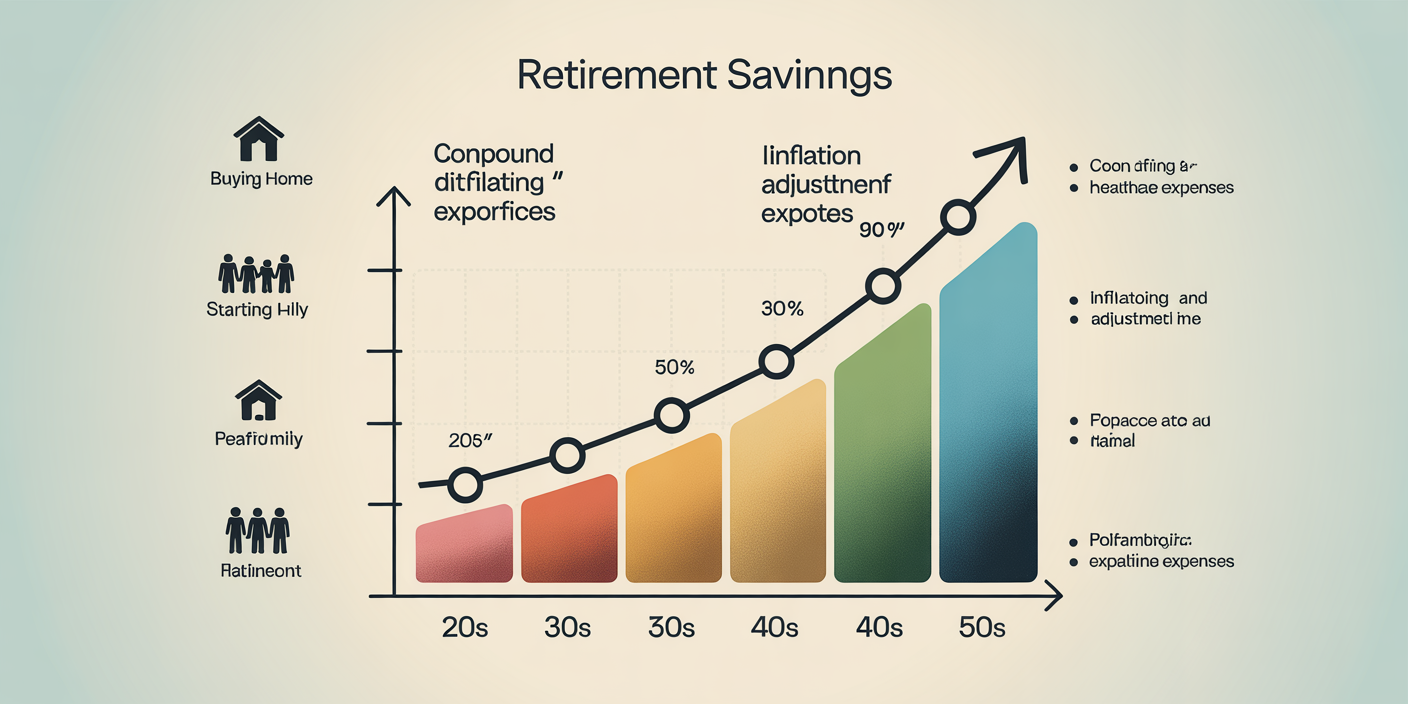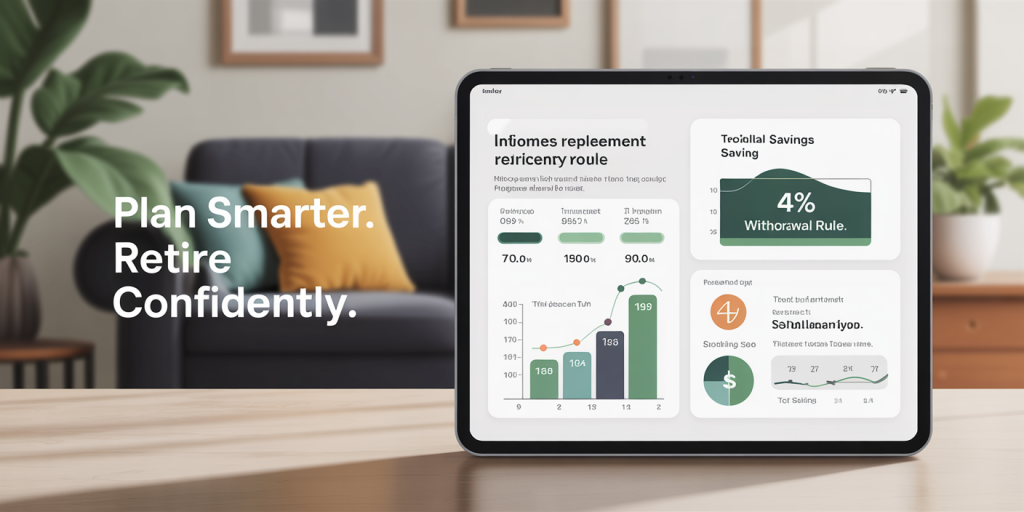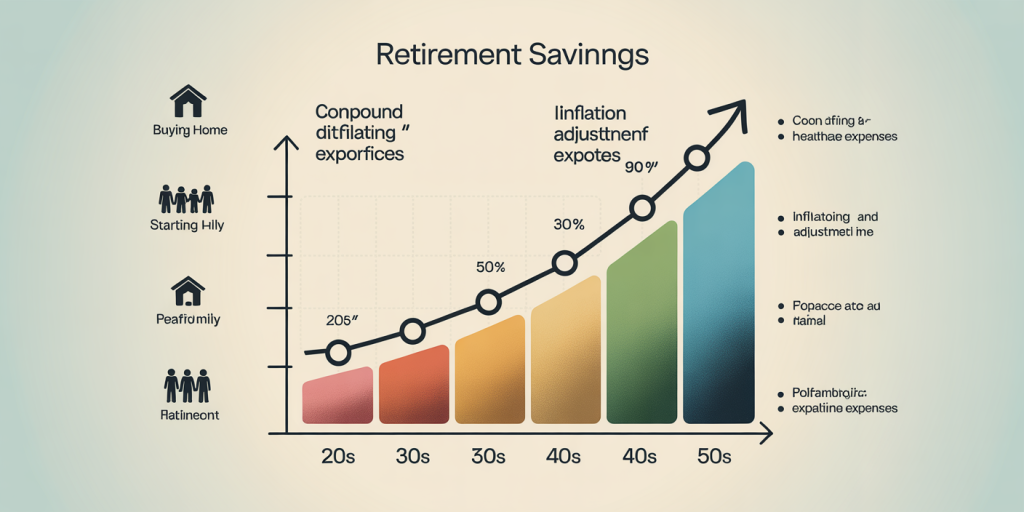Retirement planning is a critical phase in financial management that many individuals find challenging. A successful retirement plan ensures financial independence, peace of mind, and a comfortable lifestyle in later years. However, planning for retirement is fraught with common mistakes that can significantly hamper one’s ability to enjoy retirement without monetary stress. Understanding these pitfalls early on allows you to take corrective actions and set realistic goals for your financial future.
In this article, we will explore the most common mistakes people make when planning for retirement, supported by data, practical examples, and professional insights. This knowledge will empower you to refine your planning strategy, avoid costly errors, and build a secure retirement plan aligned with your goals.
Underestimating Retirement Expenses
One of the most frequent errors is underestimating the amount of money needed after retirement. Many assume that their spending will drastically decrease once they stop working, but this is rarely the case. According to a study by the Employee Benefit Research Institute (EBRI), the average retired couple needs approximately 70-80% of their pre-retirement income to maintain their standard of living.
Medical expenses often catch retirees by surprise. Data from the Fidelity Retiree Health Care Cost Estimate indicates a 65-year-old couple retiring in 2024 needs around $315,000 to cover healthcare expenses throughout retirement. This figure includes insurance premiums, out-of-pocket costs, and long-term care, which can escalate with age.
Practical example: Jane and Mark planned to retire at age 65, expecting their monthly expenses to drop by 40%. However, unplanned medical bills and increased travel during retirement meant their actual spending stayed close to 90% of their previous income. Their savings depleted faster, forcing them to revise their withdrawal strategy, highlighting the importance of realistic expense estimates.
Ignoring Inflation’s Impact on Savings
Inflation erodes purchasing power over time and is a critical factor often overlooked in retirement planning. The U.S. inflation rate averaged about 3.2% annually over the last 20 years (U.S. Bureau of Labor Statistics), which means money saved today will be worth less in the future.
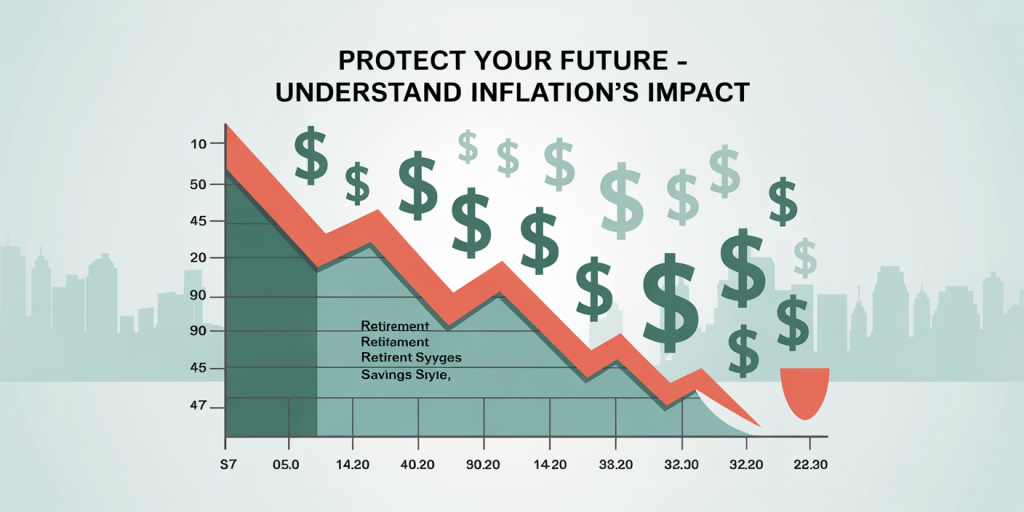
Failing to adjust for inflation can lead to insufficient savings. For instance, if you plan for an annual expense of $50,000 today, expected to last 20 years, accounting for a 3% inflation rate, the real spending is closer to $90,000 in future dollars by the final years of retirement.
A comparative table below illustrates how inflation can impact the required savings over time:
| Year of Retirement | Annual Expenses (Today’s Dollars) | Annual Expenses (Adjusted for 3% Inflation) |
|---|---|---|
| Year 1 | $50,000 | $50,000 |
| Year 10 | $50,000 | $67,196 |
| Year 20 | $50,000 | $90,307 |
*Source: U.S. Inflation Calculator*
Example case: Michael retired five years ago with a nest egg that he thought would cover his expenses comfortably. However, inflation averaged about 4% during this period, increasing his cost of living more than expected. He realized his withdrawals were outpacing his portfolio growth, forcing him to reassess his budget and investment strategy.
Starting Retirement Planning Too Late
Delaying retirement planning reduces the amount of time available for compounding interest to grow wealth. According to the National Institute on Retirement Security, individuals who start saving in their 20s are 4 to 5 times more likely to have adequate retirement savings compared to those who wait until their 40s or later.

Compounding interest works exponentially over long periods. A practical comparison illustrates this:
| Age Started Saving | Years of Saving | Account Balance at Age 65 ($) |
|---|---|---|
| 25 | 40 | $1,103,000 |
| 35 | 30 | $572,000 |
| 45 | 20 | $238,000 |
*Assuming $5,000 annual contribution at 7% return.*
Example: Sarah began saving at age 28 and contributed regularly to her retirement account. Her colleague Tom, however, started at 42. Despite both contributing the same annual amount, Sarah’s portfolio doubled Tom’s value at retirement due to the advantage of time.
Procrastinating also contributes to higher stress and the need to make drastic savings adjustments later in life, which may not be feasible.
Relying Solely on Social Security or Pension Plans
While Social Security and employer pensions are vital parts of retirement income, relying on them exclusively is a common mistake. Social Security benefits replace only about 40% of pre-retirement income for the average worker, which is often insufficient to cover living expenses fully.
Moreover, the sustainability of Social Security faces challenges from demographic shifts. The Social Security Board of Trustees 2023 report projects that the trust funds may be depleted by 2034, reducing benefits if reforms are not enacted.
Pension plans, although reliable for many, have been declining in availability. According to the U.S. Bureau of Labor Statistics report on employee benefits, only about 15% of private-sector workers have access to defined benefit pension plans.
Case in point: David assumed his pension and Social Security would cover his retirement needs. However, after downsizing and facing unexpected medical expenses, he struggled to make ends meet. Supplementing income through individual retirement accounts (IRAs) or other investments could have enhanced his financial security.

Overlooking Tax Implications in Retirement
Many retirees fail to plan for taxes on their retirement income, leading to unexpected liabilities. Withdrawals from traditional 401(k) plans and IRAs are taxed as ordinary income, which can push retirees into higher tax brackets.
Strategic tax planning, including Roth conversions and diversifying between taxable, tax-deferred, and tax-free accounts, can optimize after-tax retirement income. According to a survey by Vanguard, retirees with a tax-efficient withdrawal strategy increase their portfolio longevity by up to 20%.
For example, Lisa deferred her retirement savings into a traditional IRA but did not factor in taxes post-retirement. She faced a higher tax bill than expected, diminishing her effective monthly income. By consulting a financial advisor, she later restructured withdrawals and utilized a Roth IRA to balance future tax exposure.
Misjudging Longevity and Healthcare Needs
With life expectancy improving, people often underestimate the length and costs of retirement. Data from the World Health Organization indicates that global average life expectancy rose from 67 years in 2000 to 73 years in 2020, and many retirees spend 20-30 years in retirement.
Longer retirement means needing larger retirement savings. Furthermore, healthcare costs rise substantially with age. Without long-term care insurance or contingency funding, retirees can experience financial strain or forced lifestyle reductions.
Take the example of Robert, who retired at 60 anticipating 15 years of retirement but lived until 88. His unexpected longevity meant draining his assets prematurely, highlighting the importance of planning for extended retirement durations and potential health-related expenses.
Preparing for the Future: Adaptability and Continuous Review
Retirement planning is not a one-time task but requires continuous monitoring and reassessment. Economic conditions, personal circumstances, and government policies change, so flexibility ensures preparedness for unexpected events.
Technology and financial tools now allow for better tracking and simulation of retirement scenarios. Using these tools, individuals can update spending plans, investment allocations, and tax strategies proactively.
Looking ahead, retirees must also consider emerging factors such as increased life expectancy, potential shifts in social welfare programs, and evolving healthcare costs. The growing popularity of phased retirement and part-time work may also shape how retirement is planned and experienced.
By avoiding these common mistakes—underestimating expenses, ignoring inflation, starting too late, relying solely on fixed incomes, overlooking taxes, and misjudging longevity—future retirees can create more robust, sustainable plans. Continuous education and strategic adjustments will further strengthen financial security, ensuring a retirement that is not only financially comfortable but also fulfilling.


